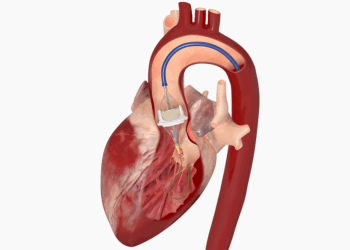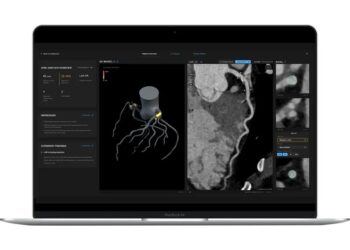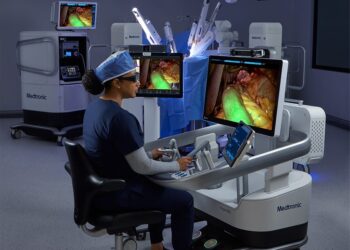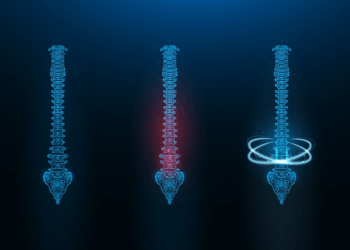### Beyond Language: The Architectural Shift to Truly Multi-Modal AI
For the past several years, the AI world has been captivated by the seemingly magical capabilities of Large Language Models (LLMs). We’ve watched them master grammar, write code, and reason through complex textual problems. But the latest wave of innovation, exemplified by models like OpenAI’s GPT-4o and Google’s Gemini, signals a fundamental change in direction. We are moving beyond models that simply *understand* language to systems that can *perceive* the world in a unified, human-like way. This isn’t an incremental update; it’s an architectural revolution.
The era of single-purpose AI is rapidly closing. The real story isn’t just that a model can now understand audio and video, but *how* it does so. This shift is the key to unlocking the next generation of intelligent applications.
—
#### The Old Paradigm: A Patchwork of Specialists
Until recently, building a “multi-modal” AI system was an exercise in systems integration. You would take a best-in-class vision model (like a Convolutional Neural Network or a Vision Transformer), a state-of-the-art speech-to-text model, and a powerful LLM, and then stitch them together with a series of APIs and processing pipelines.
This “committee of specialists” approach had inherent limitations:
1. **Latency:** Each handoff between models adds overhead. Converting speech to text, then feeding that text to an LLM, then converting the LLM’s text response back to speech, creates a noticeable lag that makes real-time, natural conversation impossible.
2. **Loss of Information:** Nuance is lost in translation. The emotional tone, the pauses, and the inflections in a person’s voice are stripped away when converted to mere text. A vision model might identify objects in a scene, but the LLM wouldn’t have access to the raw pixels to understand their spatial relationships or subtle visual cues.
3. **Brittle Integration:** The connections between these disparate models are fragile. An error in one component can cascade through the entire system, and maintaining and updating each model independently is a significant engineering challenge.
This patchwork architecture could process multiple modalities, but it couldn’t truly *understand* them in a cohesive way.
#### The New Architecture: Unified, End-to-End Perception
The breakthrough we are now witnessing is the move to models that are multi-modal from the ground up. Instead of separate components, we have a single, unified neural network trained end-to-end on a vast dataset of interleaved text, audio, images, and video.
The core enabler for this is the incredible flexibility of the Transformer architecture. The key insight is that *any* data type can be represented as a sequence of tokens.
* **Text** is already a sequence of tokens.
* **Images** can be broken down into a grid of patches, with each patch converted into a token-like embedding (the core idea behind Vision Transformers).
* **Audio** can be tokenized by sampling the raw waveform or its spectral representation.
By converting all modalities into a common token-based language, a single Transformer model can learn the intricate patterns and relationships *between* them. It learns not just what a dog *is* from text, but what a dog *looks like* from images and what a bark *sounds like* from audio. This creates a much richer, more grounded internal representation of concepts.
The benefits of this unified architecture are profound:
* **Zero Latency:** Input in any modality is processed in a single forward pass, producing output in any other modality. This is what enables the fluid, real-time conversational capabilities we’ve seen in recent demos. The model can process the tone of your voice *as you’re speaking* and generate a response with corresponding emotional inflection.
* **Context Cohesion:** The model maintains a single, unified context. It can answer a question about an object in an image you just showed it while simultaneously responding to the sarcastic tone in your voice. Nothing is “lost in translation” because there is no translation step.
* **Emergent Capabilities:** When a model learns from multiple modalities simultaneously, it begins to develop a more holistic understanding. It can reason about physics from watching videos, understand emotion from both facial expressions and vocal tones, and connect abstract concepts to concrete sensory data.
—
#### Conclusion: From Large Language Models to Large Intelligence Models
This architectural shift is more than just a new feature set. It marks the transition from Large Language Models (LLMs) to what might be better described as **Large Intelligence Models (LIMs)**. While language remains a critical component, it is no longer the sole pillar of the model’s understanding. Instead, it is one of several tightly integrated senses that form a more comprehensive and robust foundation for reasoning.
For developers and engineers, this opens up an entirely new design space. We can now build applications that see what we see, hear what we hear, and interact with a level of naturalness that was previously science fiction. From hyper-intuitive user interfaces and advanced robotics to sophisticated real-time data analysis, the move to end-to-end multi-modality isn’t just the next step for AI—it’s the foundation for its future.
This post is based on the original article at https://www.therobotreport.com/intuitive-surgical-gm-iman-jeddi-share-how-company-keeps-innovating-robobusiness/.






















